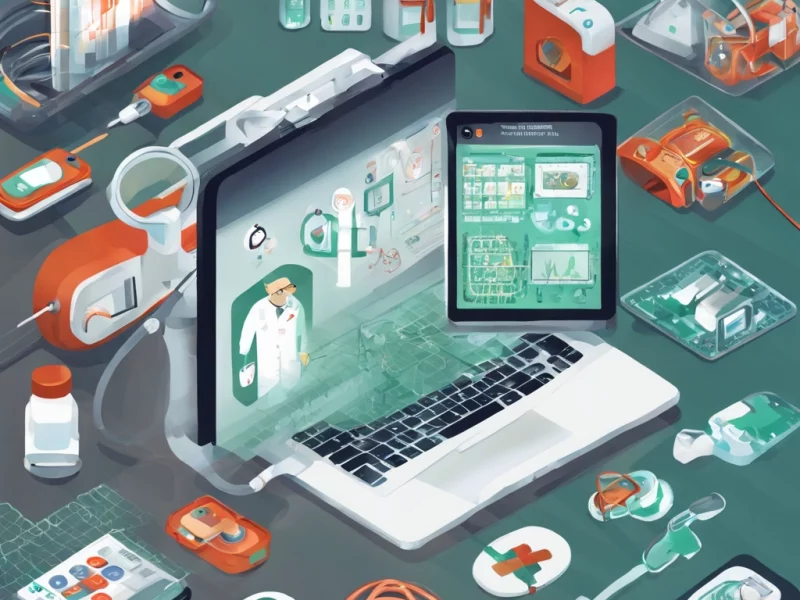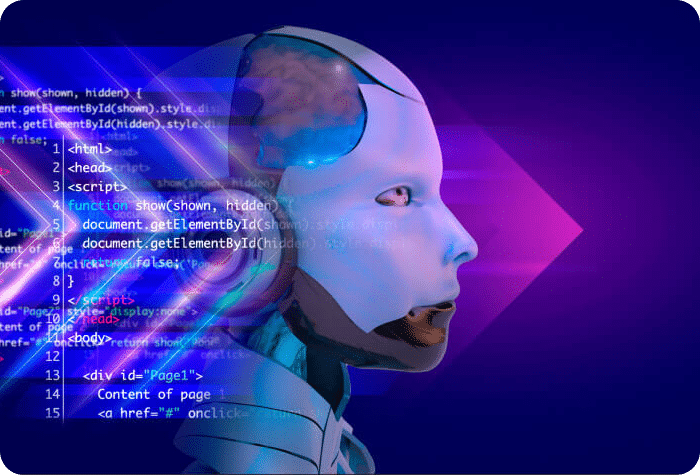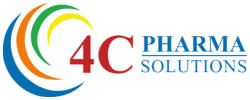Materiovigilance Solutions
It's our commitment to ensuring the safety and compliance of medical devices and materials. With meticulous monitoring, reporting, and analysis, we safeguard the well-being of patients and uphold the highest standards in healthcare product safety.
Complaints Handling
- Complaint Intake
- Complaint Management with QMS tools
- Complaint Investigation
Complaint
- Reporting
- Complaint Closure
MDR PMS Revision
- Benefit-risk determination
- Updating design, manufacturing info, instructions, and labeling, etc.
- Post Market Clinical Follow-up Plan and Report
- Identify device needs for preventive, corrective, or field safety actions
CAPA Management
- NC Investigation
- Root Cause Analysis
- Corrective Action Plan
- Preventive Action Plan
- CAPA Implementation
- CAPA Effectiveness
- NC Closure
Medical Writing
- Literature Search and Review
- Response To Questions (RTQs)
- Clinical documents such as Protocols
- Complete end-to-end Clinical
- Evaluation Report /Clinical Evaluation
- Planning Writing and Consultation
Vigilance Reporting
- Vigilance Report Submissions
- Field Safety Corrective Actions
- Field Safety Notice
Tools
- SAP, TrackWise, SmartSolve, and Arena
Materiovigilance - Features & Benefits
- Monitoring adverse events and incidents related to medical devices
- Conducting investigations into adverse events to identify the cause and prevent future occurrences
- Ensuring compliance with materiovigilance regulations and standards.
- Reporting adverse events to regulatory authorities

Featuring
Complaints Handling
- Reportability Evaluation
- Technical Investigation
- Risk Assessment Evaluation
- Response to Customer
- Design your PMS plan
ReportabilityEvaluation:
It is essential to collect all the necessary information to perform an adequate evaluation of the reportability of the event.

Technical Investigation:
In another article, we have discussed the techniques for root-cause analysis. In the context of complaint handling, technical investigation can be quite different depending on the type of events and type of potential failures. However, in general, technical investigation may contain the following items:
- The root-cause of the event, if it is related to a specific failure of the device, use error, or any other reason.
- For root-cause analysis, it is necessary to evaluate the sample involved in the specific complaint, the results of sample analysis shall be clearly documented or referenced in the complaint record.
- Review of the history for the device involved in the event to check if any deviation potentially related to the specific event has been recorded in manufacturing documentation. Sometimes it is necessary to check device history record of devices manufactured in the same period as the one involved in the event (for example previous and subsequent lot or serial numbers).
- Complaint data history: it is often necessary to provide an overview of how many similar events have been received within a specific timeframe.
- If medical investigation had to be performed because the event imparted a consequence to a patient, the results shall be included in the complaint investigation. Often medical investigation is needed to evaluate the seriousness of the event (serious injury or not) and thus perform appropriate reportability evaluation.
Risk Assessment Evaluation
Once the root-cause of the event is determined, it is important that a risk assessment is performed to ensure the risk is considered acceptable. Unacceptable risks for a marketed medical device necessitate field safety corrective action or field safety notice to be implemented.
- Evaluation of the need to implement corrective action
- Once the root-cause is determined, the necessity to implement corrective action shall be evaluated. If no specific actions are taken, appropriate justification shall be documented.

Response to Customer
Response to customers with a summary of the complaint received and the results of the investigation shall be provided under the following situations:
- The customer specifically requires a response
- A competent authority asks the manufacturer to provide a response

Design your PMS plan:
Research – including:
- Indications for use
- Regulation history, and device background
- Build and develop schedules for follow-up assessment procedures
- Data collection and statistical analysis
- Guidance on Notified Body Interactions
- Make sure your organizations meet interim and final data analysis requirements
- Writing services related to Post Market Clinical Follow-up, Periodic Safety Update Report, Summary of Safety and Clinical Performance, Risk Management Plan and Report, Post Market Surveillance Plan and Report
Requisite MDR PMS Revisions:
- Updating the benefit-risk determination
- Updating the design and manufacturing information, the instructions for use, labeling etc.
- Post Market Clinical Follow-up Plan and Report
- Identify needs for preventive, corrective or Field Safety Corrective Action for the device
- Contribute to the PMS of other devices (when relevant)
- Detect and report trends as specified in Article 88
For end to end medical device vigilance solution
Reach out to us
Looking for turnkey cost-effective solution?
4C Pharma is a Comprehensive Healthcare Solutions Company specializing in end-to-end services of Pharmacovigilance, Materiovigilance, Medical Information Call Center, Safety Database Hosting, Regulatory Affairs & Medical Writing
Get In Touch
-
15 Corporate Place South,
Suite 110,
Piscataway, New Jersey,
USA. 08854 - info@4cpharma.com
- +1 (732) 529-6989

